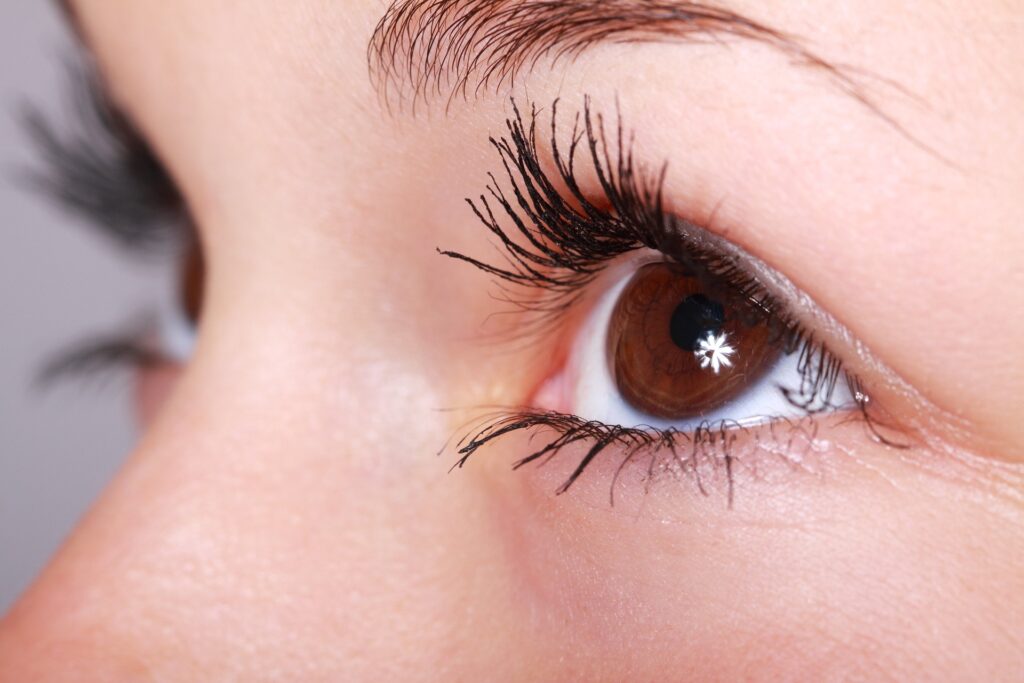
Oets or lovers have often been somewhat sarcastic over it. Many consider it to be an opening to the soul. the expression that emanates from it is merely an expression of the things that are going on in the soul and everlasting eyes, however they are merely a sensory receptor which absorbs reflections of light that reflect off the retina. The retina converts this light into a neural impulse. This impulse is then transmitted to the brain, whiccanto detect what it sees and converts the reflections into information.
These are fascinating facts about one of the essential human organs and the most stunning eyes of many individuals.. The eyes:
1. You think through your eyes, but not your eyes.
The function of your eyes is to record information about the form you are observing. The information is then transferred to the optic nerve, which is located in the brain, which converts it into shapes and images.
The eye acts as the camera’s lens and your brain acts as the film on where the picture is projected.
2. The retina absorbs images upside down.
When the images appear in the retina, they’re divided into two halves , which are reversed, and each area of the brain is given the equivalent of a moderate image. Then, the brain mixes them to produce a straight and clear imvisionithin the brain.
3. The size of the eyeball differs for nearsightedness or farsightedness.
When you’re close-sighted your eye will be larger than average. Likewise, when the eyes of your are nearsighted your eyeball is smaller than standard.
4. Human eyes can have two shades
This condition is referred to by the name of Heterochromia it is an disorder that is, in the majority of cases, is genetic. It can be caused by exposure to certain illnesses or injuries.
5. The eye is healed quickly.
For instance, if an injury to the cornea occurs the healing time is between 48 and 72 hours as long as the appropriate treatment and care are administered.
6. The majority of people over 65 have cataracts.
Cataract can be described as a thin film forming on the eye lens. It can cause blurred vision addition; your cornea eyes get grayer as you age.
7. The eye is a digital camera with 576 megapixels.
Pixels are the primary component of light. One megapixel equals one million pixels. Scientists discovered the precision of the eye by studying research on the retina, composed of cones that differentiate colours based on their specific characteristics, and srods that distinguish similar forms between black and white.
After the retina has discernible hues, the images are stored in the nerve in the eye which transmits the image the brain for translation.
The only study they conducted was to compare the nerves in the eye in relation to the camera’s sensitivity until theconcludedin that eye resolution is more than 500 megapixels.
8. The signs of diabetes
A blood vessel that are bleeding in the eye region. This is an obvious sign for diabetes.
Patients with diabetes are more likely to develop cataracts at an early age.
9. Babies don’t recognize colors at birth
The infant is able to perceive colors from the moment of birth, but the baby is unable to recognize the colors of all hues because it is difficult for him to concentrate on objects within 20-30 centimeters of him. As a result, it makes specific colors such as red and orange difficult.
10. The eye is home to 107 million light-sensitive cells.
Light is comprised of very small photons which are absorbed by objects and reflect off the retina, which houses inside its retina a huge amount of photoreceptors, which are light-sensitive cells.
The cells are divided into rod and cone cells. They also have particular kinds of optical pigments which absorb electromagnetic energy from radiation from photons and transform the energy into electrical signals that are then sent to the brain through the optic nerve. The brain then transforms the signals into shapes and colors.
11. The direct sunlight’s rays cause eye irritation
Eyes burning when you look at the sun directly could be caused by Keratitis. This is because the eyes are sensitive to light and can induce blurred vision, swelling, and tears of the eye’s cells.
The burn will heal up to 24 hours.
12. It is also a non-blood organ
It’s a clear, transparent tissue that reflects light when it enters the eyes it isn’t also an artery-filled reservoir.
The cornea lies on the outer part of the eye and is supplied with oxygen by air.
13. Eye blinks every 3 or 4 seconds.
The Central Nervous System is responsible for the movement of the eyelid and when the eye blinks, it cleans the eyes’ surfaces of dirt and debris by spreading tears’ water. It also assists by making the eye more moisturizing and stops the eyes from drying .–( Huffington Post )
